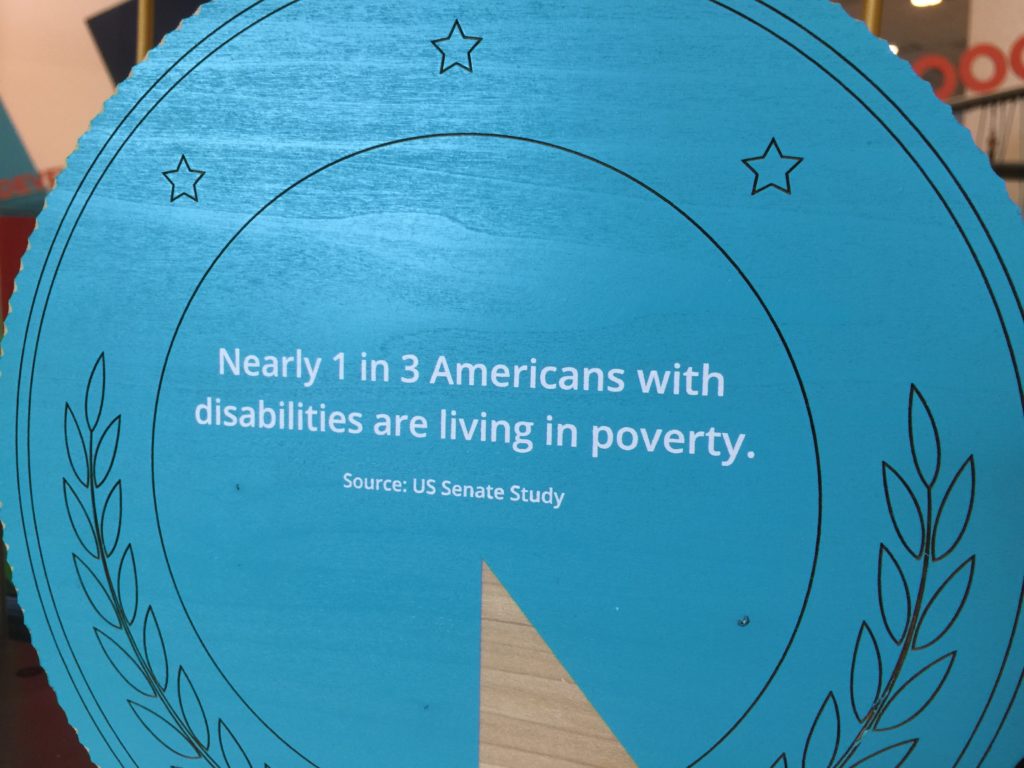Dr. Jennifer Davis Bowman writes about teaching students to finish in her article titled, “13 Ways To Help Students Do What They Say They’re Going To Do.” Below you will see her breakdown of a finishing continuum, which I found quite interesting (See italics).
Following through is tough. It’s difficult because:
50% of us live in the Unwillingness Trifecta: Unmotivated. Forgetful. Commitment Phobia.
20% of us use majority of our time on YouTube cat clips
15% of us serve as master blame ninjas asking, ‘Why didn’t you remind me?’
10% of us avoid saying (and spelling) ‘accountability’ as much as humanly possible
5% of us stockpile excuses for our future non-follow-through binges
Dr. Bowman’s article made me start thinking about education and finishing. My conclusion, when we teach students to finish we are teaching character. In order for us to teach character, we must place a priority on social and emotional learning. There are some good resources on the subject of social and emotional learning on Edutopia, one of which is “5 Keys to Successful Social and Emotional Learning.”
My own interest in character education, built on a platform of social and emotional learning, is that I believe these are essential for inclusion. When I wrote my post on “The Five Levels of Inclusion,” it was after coming to a realization. There is currently no philosophical approach to inclusion capable of achieving the vision I have in mind. A vision capable to transforming the lives of those with disabilities by improving their quality of life.
Inclusion properly implemented, is the social transformation necessary to improve quality of life for people with disabilities around the world. For many this is not a concern, since no one in their social circle has a disability. Now this in and of itself is interesting, because an enormous number of people who suffer disabilities lose their social support over time.
Why?

I believe comprehensive inclusion is possible, but not without a deep commitment to character education with strong social and emotional underpinnings. This is is my quest. This is my dream.

